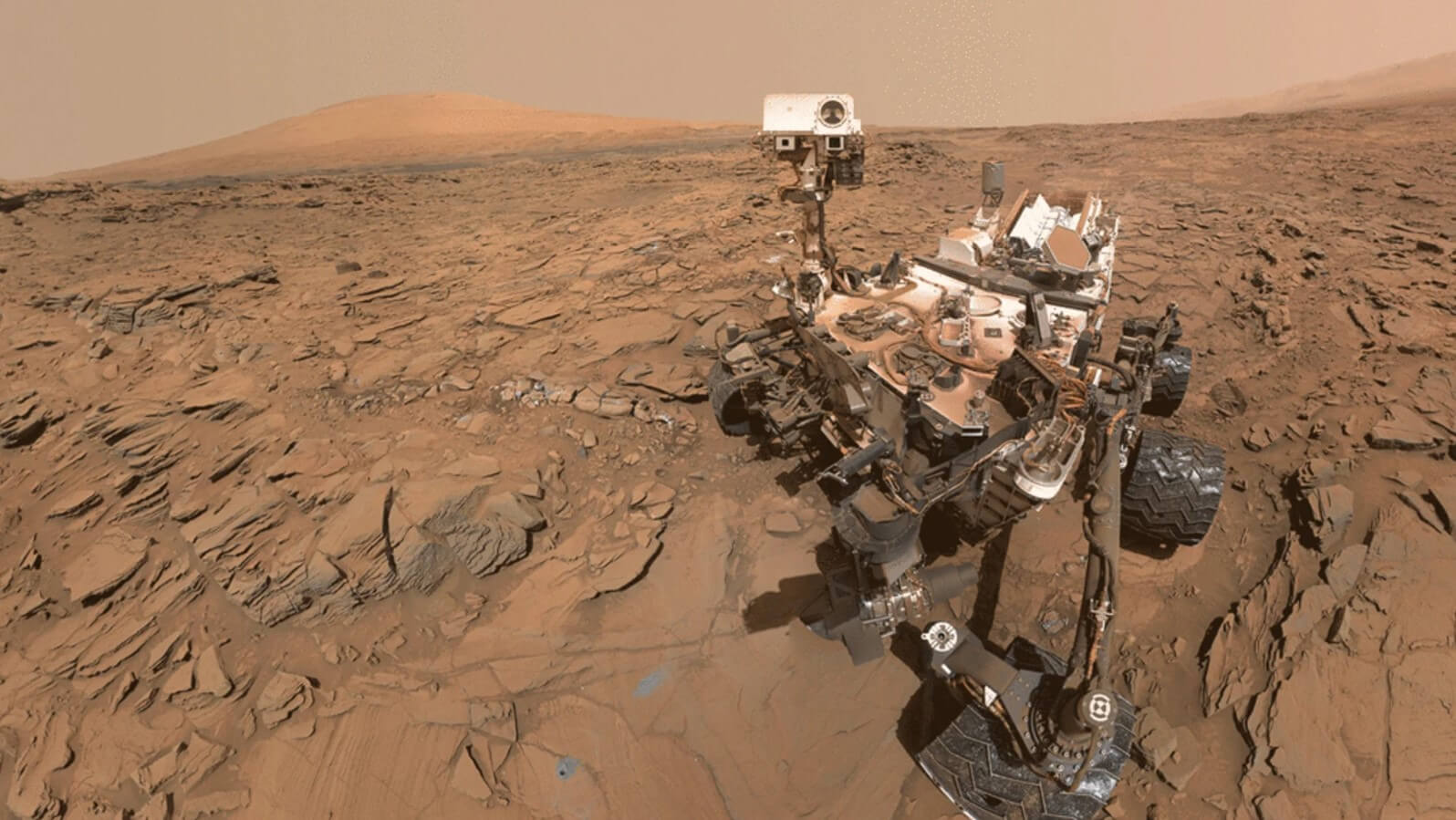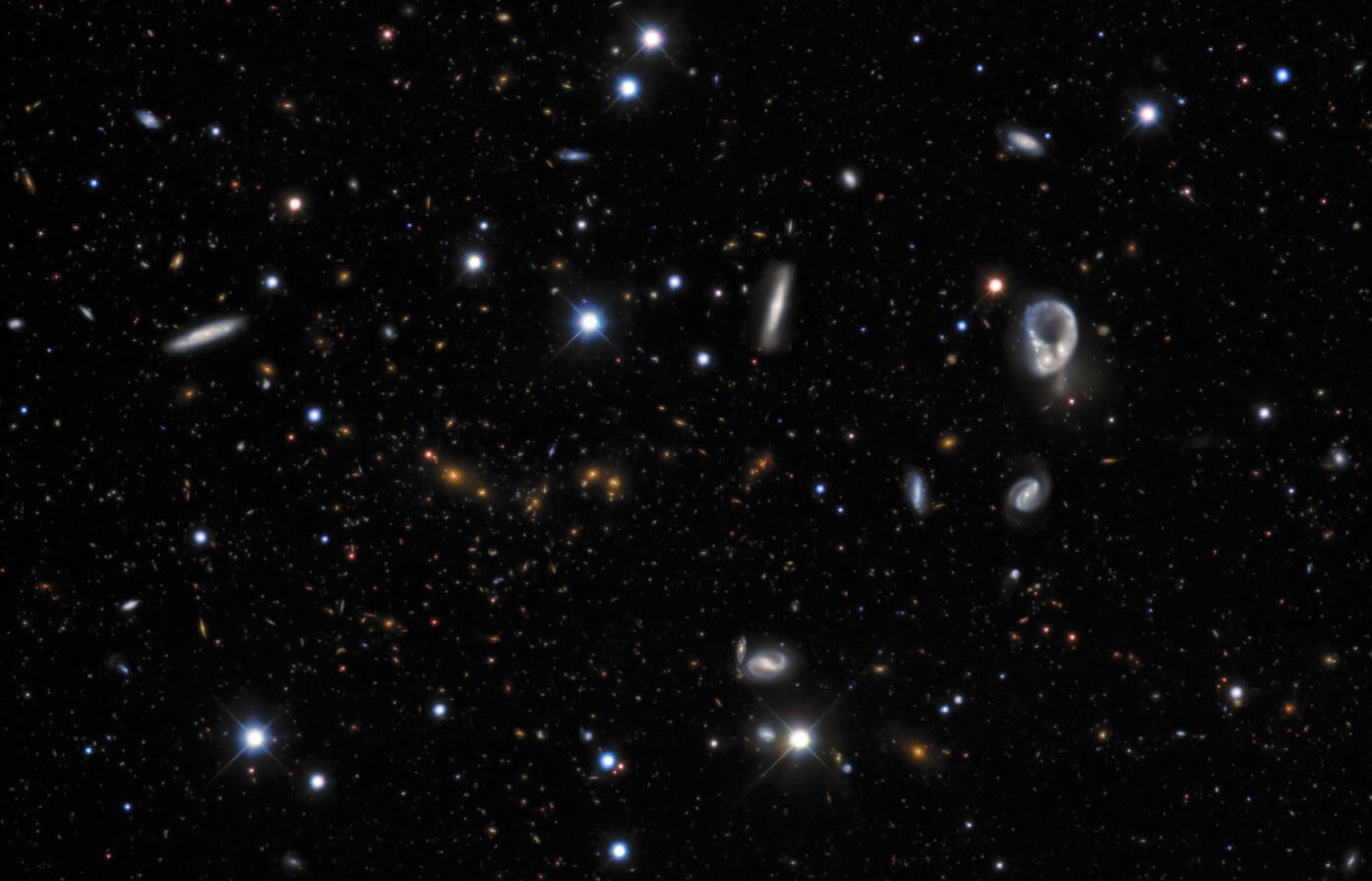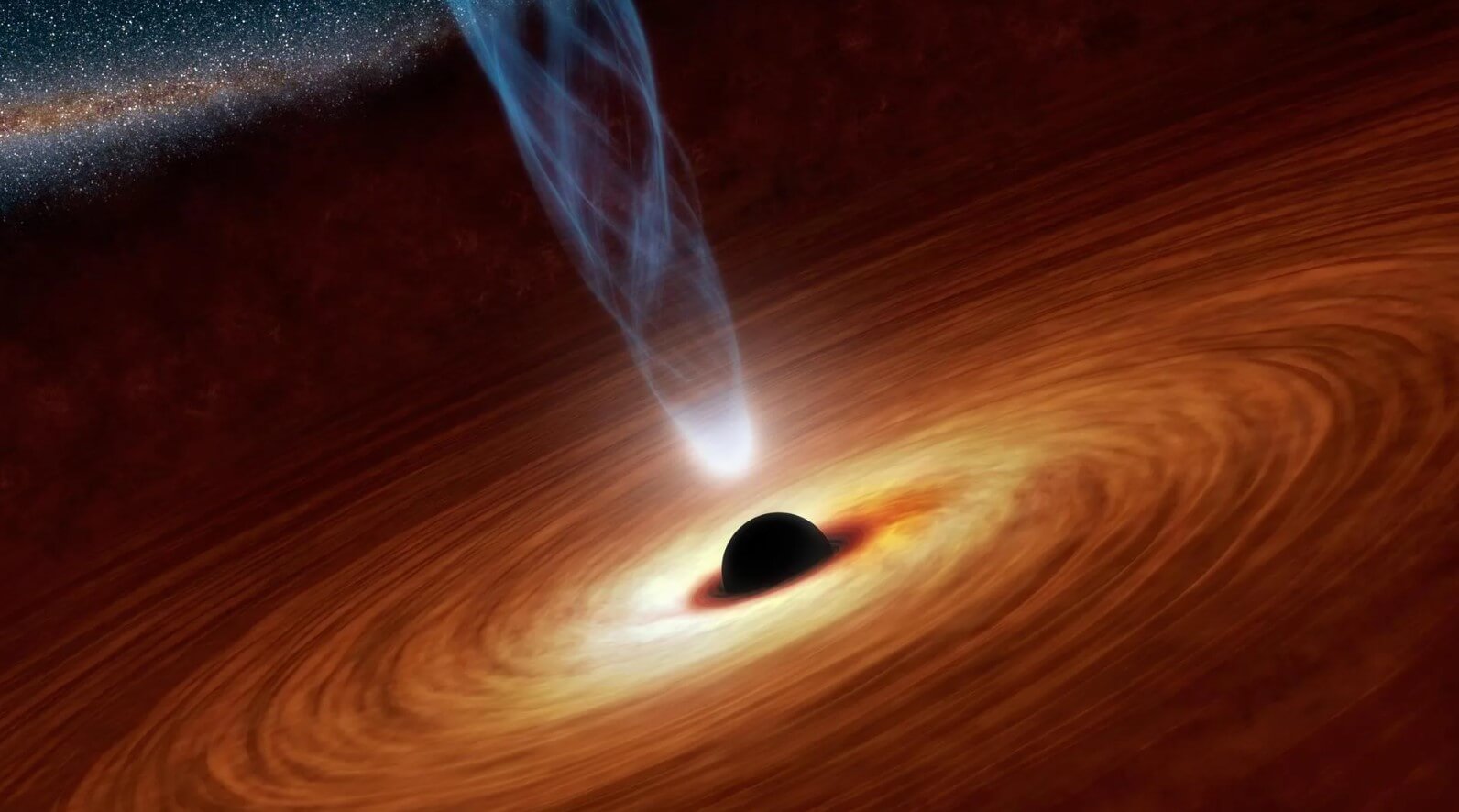The Mysteries of Our Universe: From Black Holes to the Origins of Life

The universe is a vast, awe-inspiring expanse that has intrigued humanity for millennia. From the enigmatic black holes lurking between galaxies to the possibility of life beyond Earth, our understanding of the cosmos is constantly evolving. Theories and discoveries continue to shape our perception of the universe, challenging our knowledge and sparking new questions. In this exploration, we’ll dive deep into the fascinating aspects of our universe, from the absence of an edge to the origins of life on other planets.
Here are the Mysteries of Our Universe: From Black Holes to the Origins of Life
The Universe Has No Edge
One of the most mind-bending concepts in cosmology is the idea that our universe has no edge. Unlike the finite boundaries we experience on Earth, the universe is a vast, unbounded expanse. This doesn’t mean that the universe is infinite, but rather that it’s curved in such a way that if you traveled far enough in one direction, you would eventually end up where you started—similar to how traveling around the Earth brings you back to your starting point. This curvature is a result of the gravity that bends space and time, a concept described by Einstein’s Theory of Relativity.
Titan’s Atmosphere: Evidence of Organic Chemicals
Saturn’s moon, Titan, is one of the most intriguing bodies in our solar system. Recent studies of Titan's atmosphere have revealed the presence of organic chemicals, the building blocks of life. These chemicals, such as methane and ethane, suggest that Titan could harbor conditions suitable for life, or at least prebiotic chemistry. The thick, orange-hued atmosphere of Titan is rich in nitrogen, and the complex interactions between sunlight and the chemicals in the atmosphere could lead to the formation of even more complex organic molecules.
Life on Mars: Fossilized Evidence

In 1986, NASA made a groundbreaking discovery that suggested the possibility of life on Mars. A meteorite found in Antarctica, believed to have originated from Mars, contained what appeared to be fossilized, microscopic living organisms. This discovery reignited the debate over whether Mars, in its ancient past, could have harbored life. While the evidence is still debated, the find has prompted numerous missions to Mars in search of more definitive proof. The presence of liquid water in Mars' past and the discovery of organic molecules on its surface further support the possibility that life may have existed on the Red Planet.
The Universe is the Source of Life’s Basic Chemicals
Astronomer Fred Hoyle proposed a revolutionary idea that the basic chemicals necessary for life may have originated from the universe itself, rather than being confined to Earth. This theory suggests that organic molecules, such as amino acids, could have been formed in the vast clouds of gas and dust that fill the cosmos, and then delivered to Earth via comets and meteorites. Hoyle’s theory supports the idea of panspermia, where life’s building blocks are widespread throughout the universe, potentially leading to the emergence of life on multiple planets.
Glowing Nebulae and Their Dim Red Light
Nebulae, the beautiful clouds of gas and dust scattered throughout the universe, are some of the most striking objects visible through a telescope. These glowing regions of space get their names from the dim red light they emit when hydrogen gas within them is heated by radiation from nearby stars. This process not only lights up the nebulae but also plays a crucial role in the formation of new stars. As the hydrogen gas cools and condenses, it can collapse under its gravity, eventually igniting nuclear fusion and giving birth to a new star.
The Vastness of the Universe: Trillions of Galaxies
Our universe is home to an unimaginable number of galaxies—trillions, in fact. Each galaxy contains billions of stars, planets, and other celestial bodies, making the scale of the universe almost incomprehensible. We reside in one such galaxy, the Milky Way, which is just a small part of this vast cosmic web. The sheer number of galaxies in the universe means that there are likely countless planets orbiting distant stars, some of which may harbor life.
The Sun’s Journey Around the Milky Way

While we often think of the Earth orbiting the Sun, it's fascinating to realize that the Sun itself is on a journey through space. Our solar system is part of the Milky Way galaxy, and the Sun orbits around its center. This journey is far from quick, taking approximately 200 million years to complete a single orbit. During this time, the Sun and its planets travel across 100,000 light-years of space, passing through various regions of the galaxy, each with its unique properties and phenomena.
Black Holes: The Mysterious Centers Between Galaxies
At the heart of most galaxies, including our own, lie black holes—regions of space where gravity is so intense that not even light can escape. These mysterious objects play a crucial role in the structure and dynamics of galaxies. In the vast emptiness between galaxies, black holes can also exist, capturing gas, dust, and even entire stars that venture too close. The study of black holes has provided insights into the nature of gravity, the behavior of matter under extreme conditions, and the ultimate fate of the universe.
The Search for Extra-Terrestrial Intelligence (SETI)
The question of whether we are alone in the universe has intrigued humanity for centuries. The Search for Extra-Terrestrial Intelligence (SETI) is a scientific effort to answer this question by scanning the skies for signals from intelligent civilizations beyond Earth. Using powerful radio telescopes, SETI scientists listen for patterns or signals that could indicate the presence of extraterrestrial technology. While no definitive signals have been detected yet, the search continues, fueled by the vast number of potentially habitable planets discovered in recent years.
The Age of the Universe: 15 Billion Years
Our universe is estimated to be around 15 billion years old, a figure derived from observations of the cosmic microwave background radiation—the afterglow of the Big Bang. This age provides a timeline for the formation of galaxies, stars, planets, and ultimately life itself. However, this age estimate is not without its controversies. Some evidence suggests that certain stars may be older than the universe, leading to ongoing debates and research into the true age of the cosmos.
The Expanding Universe: Galaxies Moving Away

One of the most remarkable discoveries in modern astronomy is that the universe is expanding. The galaxies at the furthest points from us are moving away at speeds exceeding 90% of the speed of light. This expansion, first observed by Edwin Hubble in the 1920s, suggests that the universe was once much smaller and denser—a concept that forms the basis of the Big Bang theory. The discovery of dark energy, a mysterious force driving the accelerated expansion of the universe, has added another layer of complexity to our understanding of cosmic evolution.
The Universe’s Lack of a Center
Unlike the Earth, which has a clear center, the universe doesn’t have a central point. This is because the universe is expanding uniformly in all directions, making every point in space equally important. If the universe had a center, it would imply that there is a special location from which everything is expanding. However, observations show that no such point exists. Instead, the expansion of the universe is like the surface of a balloon being blown up—every point moves away from every other point, but there is no central location on the surface.
The Curvature of Space and Time
Einstein’s Theory of Relativity revolutionized our understanding of space and time by showing that they are not fixed, rigid entities but can be bent and warped by gravity. This curvature of space and time is what we experience as gravity. Massive objects, such as stars and planets, cause space-time to curve around them, and this curvature influences the motion of other objects. This idea is beautifully illustrated in the phenomenon of gravitational lensing, where the light from distant stars is bent by the gravity of a massive object, such as a galaxy, creating a distorted image of the star.
The Spaghetti Effect: Falling Into a Black Hole

Black holes are not only mysterious but also incredibly dangerous. If you were to fall into a black hole, you would experience what scientists call "spaghettification." As you approach the black hole, the gravitational forces become stronger and stronger. Eventually, the difference in gravity between your head and your feet would stretch you out like spaghetti, leading to a rather unpleasant end. This dramatic stretching occurs because the gravitational pull of the black hole increases exponentially as you get closer to its center, known as the singularity.
A Day on Mercury: 59 Earth Days
Mercury, the closest planet to the Sun, has a day that is remarkably long by Earth's standards. A single day on Mercury—defined as the time it takes for the planet to rotate once on its axis—is equivalent to 59 Earth days. This slow rotation means that one side of Mercury is exposed to the Sun's intense heat for an extended period, while the other side remains in freezing darkness. The long days and nights create extreme temperature variations, making Mercury one of the most inhospitable planets in our solar system.
The Mysterious White Hole
On the opposite end of a black hole, theoretical physicists have proposed the existence of white holes. While black holes are regions of space where matter and light are trapped, white holes are thought to be regions where matter and light are expelled. Although no white holes have been observed, they are a fascinating concept that arises from the same equations that predict black holes. If they exist, white holes could offer insights into the nature of time, space, and the ultimate fate of matter that falls into black holes.
Electricity Generated by Black Holes
Black holes are not just passive consumers of matter—they can also generate enormous amounts of energy. As gas and dust swirl around the black hole, they heat up to extreme temperatures, creating powerful electromagnetic fields. These fields can generate electricity, which can travel through space across billions of kilometers. This energy generation process is a key factor in the formation of quasars, the brightest objects in the universe, which are powered by supermassive black holes at the centers of galaxies.
Quasars: The Brightest Objects in the Universe
Quasars are among the most luminous objects in the universe, outshining entire galaxies. They are powered by supermassive black holes at the centers of distant galaxies. As matter falls into the black hole, it forms a rotating disk that heats up and emits intense radiation. The energy released by quasars is so great that they can be seen from billions of light-years away. Quasars provide valuable information about the early universe, as they are often found in distant galaxies that formed shortly after the Big Bang.
The Age of Stars vs. The Age of the Universe
Stars in our universe are believed to be between 14 and 18 billion years old. However, this poses a paradox, as the universe itself is estimated to be only about 15 billion years old. This discrepancy has led scientists to question whether the age of stars has been overestimated or whether the universe is older than currently thought. Resolving this paradox requires more precise measurements of both the ages of stars and the expansion rate of the universe.
Neil Armstrong’s Historic Moon Landing
When Neil Armstrong became the first human to set foot on the Moon in 1969, his words, "That's one small step for a man; one giant leap for mankind," became iconic. This historic moment marked a significant achievement in human exploration and solidified the possibility of future space travel. The Apollo missions provided invaluable data about the Moon and paved the way for ongoing exploration of other planets and moons in our solar system.
Conclusion
The universe is a place of endless wonder and mystery. From the lack of an edge to the potential for life beyond Earth, our exploration of the cosmos has only just begun. The discoveries we've made so far—about black holes, quasars, and the origins of life—are just the tip of the iceberg. As our technology advances and our understanding deepens, who knows what other incredible secrets the universe holds? The journey of discovery is far from over, and with each new finding, we get one step closer to understanding the true nature of the cosmos.
Frequently Asked Questions
Is the universe truly infinite?
The universe is incredibly vast, but whether it is infinite is still debatable. Some theories suggest it is finite but unbounded, meaning it curves back on itself.
What is the significance of finding organic chemicals on Titan?
The presence of organic chemicals on Titan suggests that the building blocks of life may be common in the universe, raising the possibility of life beyond Earth.
Could life on Mars still exist today?
While current conditions on Mars are harsh, microbial life could potentially exist underground, where liquid water may still be present.
How do black holes generate electricity?
As matter swirls into a black hole, it heats up and creates powerful electromagnetic fields, which can generate electricity that travels across space.
What is the difference between a black hole and a white hole?
A black hole traps matter and light, while a white hole is theorized to expel matter and light. White holes are purely theoretical and have not been observed.
Why is the age of some stars older than the universe?
This paradox may arise from inaccuracies in measuring the age of stars or the universe's expansion rate. Ongoing research aims to resolve this discrepancy.





